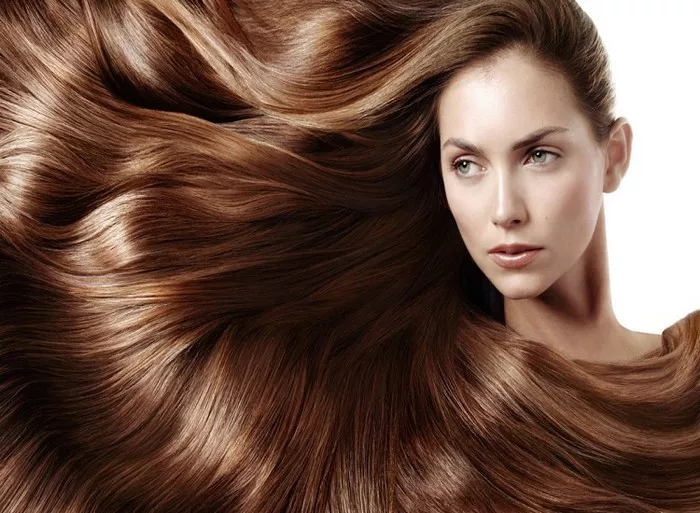While washing your hair before bed might seem like a convenient time-saver, the practice of snoozing with damp tresses could be fraught with more drawbacks than anticipated. Beyond the mere discomfort of a soggy pillowcase, the ramifications may extend to potential hair breakage and even the emergence of scalp infections. We consulted with two authoritative voices in the field to illuminate the perils of sleeping with wet hair, and to offer strategies for mitigating these risks if evading a nighttime shower is unavoidable.
The Verdict on Wet-Hair Slumber
Both Joshua Zeichner, MD, M.D., F.A.A.D., a board-certified dermatologist, and Celestine Gitau, a certified trichologist, are aligned in their counsel: it’s best to steer clear of retiring for the night with wet hair. According to Zeichner, “This practice can be detrimental to both the hair and the scalp.” Elaborating on this perspective, he states, “Wet hair is inherently more susceptible to breakage, a vulnerability that escalates due to factors like the head’s friction against the pillow during sleep.”
However, the issue isn’t limited to the hair’s health alone. Gitau emphasizes, “Sleeping with damp hair heightens the risk of fostering bacterial and fungal propagation on bedding.” This precarious environment can potentially transfer these microorganisms to the scalp and face. It’s not the dampness of the hair per se that’s problematic; rather, it’s the conducive atmosphere it creates for the proliferation of potentially harmful agents.
Unpacking the Hazards
The implications of this practice encompass both infection and hair damage, revealing the stakes one may be unknowingly gambling with:
1. Scalp Infections:
The interplay between moist hair and bedding fabric incubates bacterial and fungal growth, which can manifest as:
2. Malassezia:
This fungus, generally present on the scalp and skin, can proliferate excessively in humid conditions, resulting in flaking and itching termed seborrheic dermatitis.
3. Staphylococcus:
The presence of this bacterium can lead to folliculitis – an infection characterized by inflamed bumps and pustules around hair follicles.
4. Aspergillus:
A type of mold that can thrive in a damp environment, potentially impacting individuals with compromised immune systems or respiratory concerns.
5. Scalp Ringworm:
This fungal infection, also known as tinea capitis, triggers hair follicle brittleness and breakage, accompanied by a rash and itchiness.
6. Hair Damage:
Gitau underscores, “Hair’s vulnerability peaks when it’s wet.” The hair can stretch to around 30 percent of its original length without enduring damage, but exceeding this threshold risks irreversible harm. Restless movements during sleep can inadvertently exacerbate this, leading to severe tangles and potential harm.
Dispelling Myths
Despite common misconceptions, wet hair exposure during sleep does not escalate the risk of contracting a cold. The common cold primarily stems from viral infection, not damp hair, nullifying this concern. On the contrary, acne could emerge as an unexpected consequence of sleeping with wet hair. Although not conclusively proven, the damp environment created by wet hair on pillows and bedding can breed bacteria, potentially contributing to acne outbreaks.
Precautions to Consider
For those eager to sidestep the hazards linked with wet-hair sleep, some strategies are poised to make a difference:
1. Prioritize Drying:
Given the opportunity, drying the hair entirely before retiring is optimal. Even focusing on root drying can be beneficial.
2. Employ Microfiber Towels:
Wrapping hair in an absorbent towel can expedite moisture removal.
3. Apply Protective Products:
Utilize conditioner during showering to mitigate friction, facilitate detangling, and seal the hair cuticle. Prior to sleep, consider applying a small amount of coconut oil to minimize wet-hair breakage.
4. Secure Wet Hair:
Gently twist or braid wet hair to prevent unnecessary tangling.
5. Embrace Hair Scarves:
Ideal for damp (not excessively wet) hair, a hair scarf can curtail friction between the head and pillowcase.
6. Opt for Silk Pillowcases:
While they may not expedite hair drying, silk pillowcases provide a smooth surface akin to a hair scarf, thus reducing friction and potential hair damage.
Furthermore, maintaining clean bedding is crucial. Changing or laundering pillowcases at least weekly can curtail the risk of bacterial or fungal transfer.


